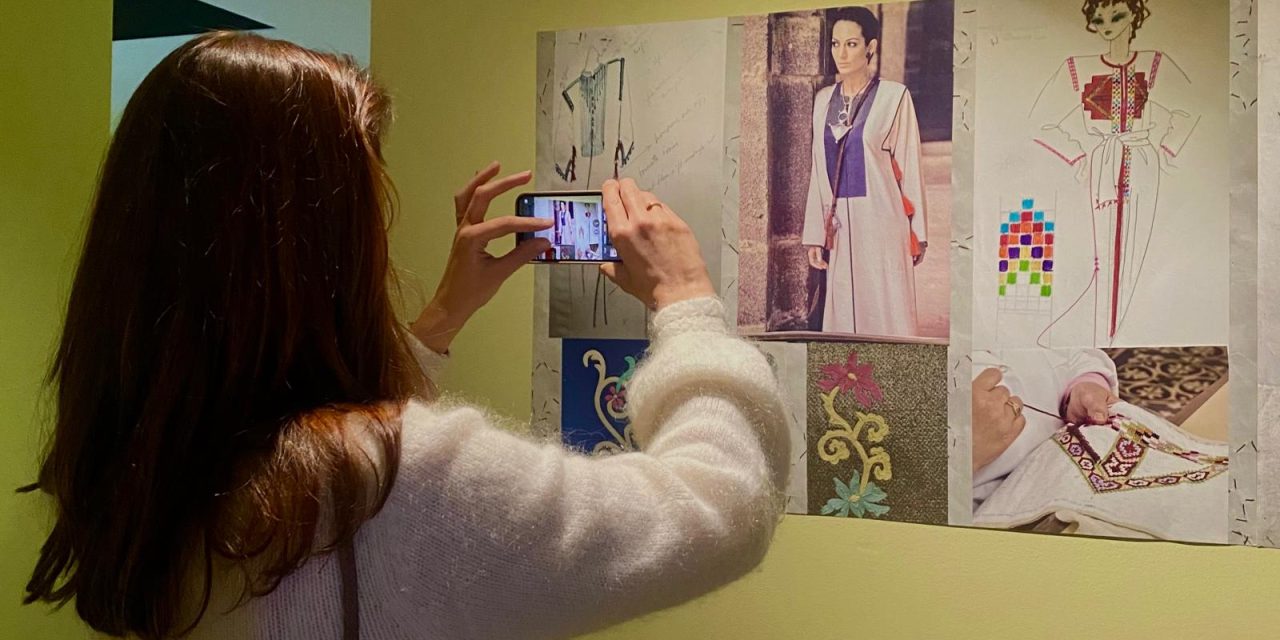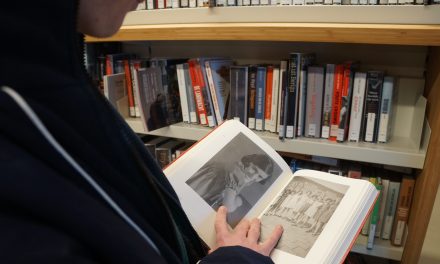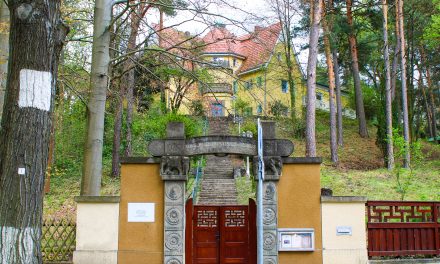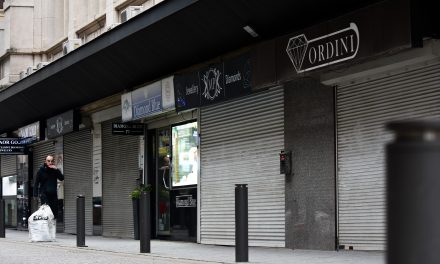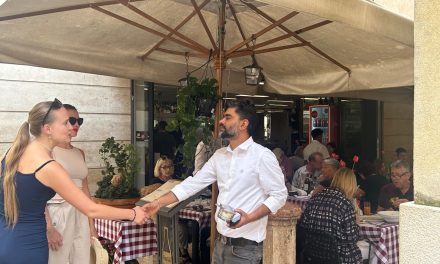“My main goal is to encourage them to wear and represent their cultures and say look how colorful we are !”, said Ikram Boumanjal, the owner of the Moroccan eth(n)ically fashion shop “Le Monde de rêve” based in Utrecht. Ikram Boumanjal is a designer who wants to create clothes for every women even Western-European women, with good materials and ethics and show how beautiful Moroccan culture is in every way.
Perhaps, you are maybe wondering how Moroccan fashion arrived in the Netherlands in the first place ?
Between 1965 and 1986, there was a migration wave of Moroccan towards the Netherlands, which introduced traditional Moroccan attire to the country like the caftan and djellaba. Nowadays, you can find exhibitions like “MODA: Moroccan Fashion Statements” at the Centraal Museum in Utrecht that have put into light the work of several talented Moroccan designers, showcasing traditional and contemporary designs at the same time.
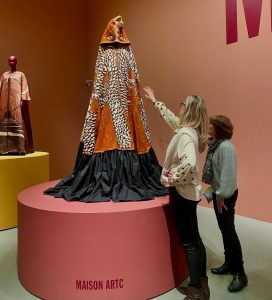
Nevertheless, according to a report from the Netherlands Institute for Social Research, Dutch citizens with a Moroccan and Turkish background, and Muslims currently encounter a lot of negative attitudes and unequal treatment. Moroccan-Dutch, as ones of the biggest community in the Netherlands, are actually the most heavily stigmatized in Dutch society and are often perceived as threatening.
Facing this harsh reality, how are Moroccan-Dutch expressing their identity and cultural expression on the streets?
Ikram Boumanjal, as a designer but first as a person, really saw the “struggle” of the first generations arriving in the Netherlands over fashion. At this time, they just wanted to blend in the society and their style was based on dark colors like brown, black and grey, showing nothing of their heritage. “It looked unhappy”, said Ikram Boumanjal, sadly remembering those days when she missed seeing no trace or at least hints of the traditional Moroccan attire with bright colors and meticulous work of embroideries.
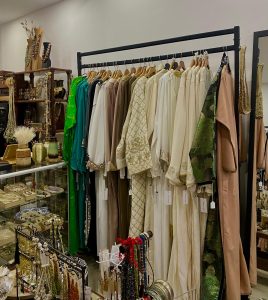
“And now, second generation wants to claim and show their heritage and culture outside, on the streets”, explained Ikram Boumanjal. In fact, nowadays “a big revolution is going on” with a different approach among each Generation Z group. A small group is already dipped down into this phenomenon and is handling it really well which are the fashionistas. Another group is still wondering how to get there and be able to proudly wear their cultural heritage and a last group is more looking towards blending religious and modest clothing with Moroccan traditional outwear, which is exactly what Ikram Boumanjal craves to see on the streets as she said: “I’m really looking for the fashion blend of Islamic and our strong traditional Moroccan clothes”.
